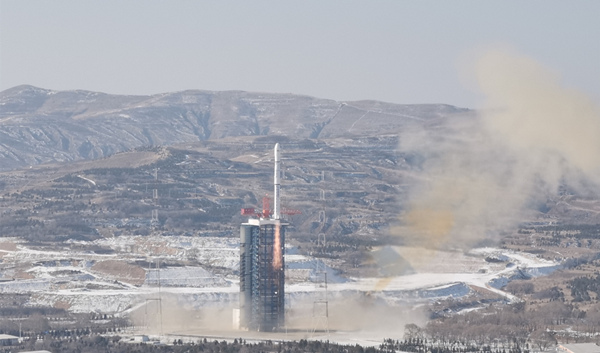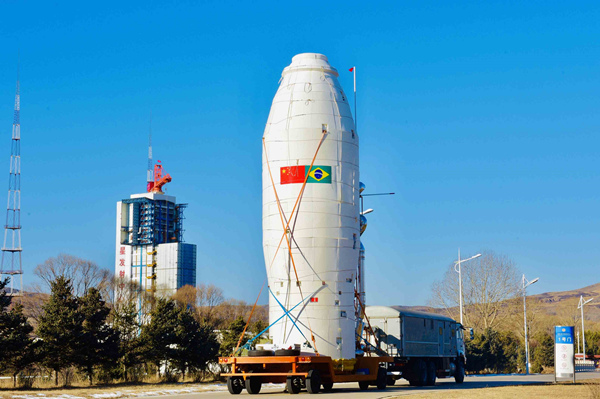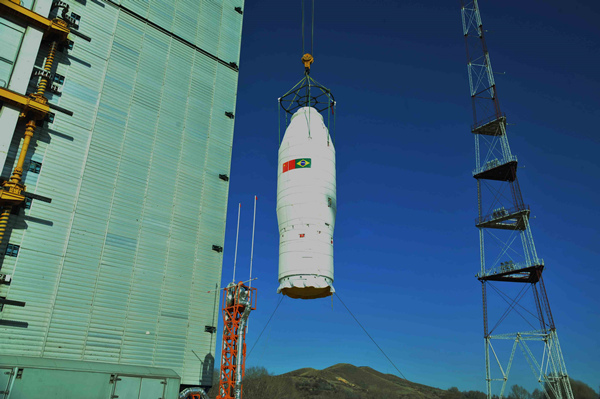China Launches Nine Satellites with Single Rocket
The China-Brazil Earth Resources Satellite-04A (CBERS-04A) and eight other small satellites were sent into orbit together by a Long March 4B carrier rocket launched from the Taiyuan Satellite Launch Center in North China's Shanxi Province on Dec 20.
Featuring 14 systems, the CBERS-04A is the sixth earth resources satellite jointly developed by the China Academy of Space Technology (CAST) and the National Institute for Space Research (INPE).
The satellite will meet the needs of both countries in various aspects including land surveying, evaluation, planning, examining and emergency management as well as crop yield estimates, environmental protection and urban planning, which deepens South-South cooperation.
The other small satellites sent aloft this time included an Ethiopia wide multi-spectral remote sensing micro-satellite, the TainQin-1 experimental satellite and a Brazil small satellite.
Developed by China Spacesat Co., Ltd., a subsidiary of CAST, the Ethiopian micro-satellite was developed for a South-South cooperation project to tackle climate change.
With a designed life span of two years, the 65 kg micro-satellite is Ethiopia's first Earth satellite. It mainly carries a multi-spectral camera and can collect multi-spectral remote sensing data for agriculture and forestry as well as disaster relief. It can also support the country's research into climate change.
TainQin-1 was jointly designed and developed by Sun Yat-sen University, China Spacesat Co., Ltd. and Huazhong University of Science and Technology. It is able to carry out verification of the TianQin project's key technology of gravitational wave detection and inversion of the Earth's long wave gravitational field model.
As for the Brazilian small satellite, its development was initiated by the Agencia Espacial Brasileira and was carried out by the University of Santa Catarina. Its development was intended to encourage students to participate in space research and improve Brazilian colleges' capacity for scientific research.
The carrier rocket, a three-stage normal temperature liquid launch vehicle also developed by the Shanghai Academy of Spaceflight Technology, is capable of launching various kinds of satellites with different orbit requirements. It can also send several satellites aloft at one time by the carrier.
It was the 322nd flight mission of the Long March carrier rocket series.

A Long March 4B carrier rocket is launched from the Taiyuan Satellite Launch Center in North China's Shanxi province on Dec 20. [Photo/sasac.gov.cn]

The satellites and their cover are transferred to the launch site. [Photo/sasac.gov.cn]

Hoisting of the stars and their cover at the launch site [Photo/sasac.gov.cn]

A Long March 4B carrier rocket is ready for launch. [Photo/sasac.gov.cn]
(Executive editor: Zhang Tianyuan)



